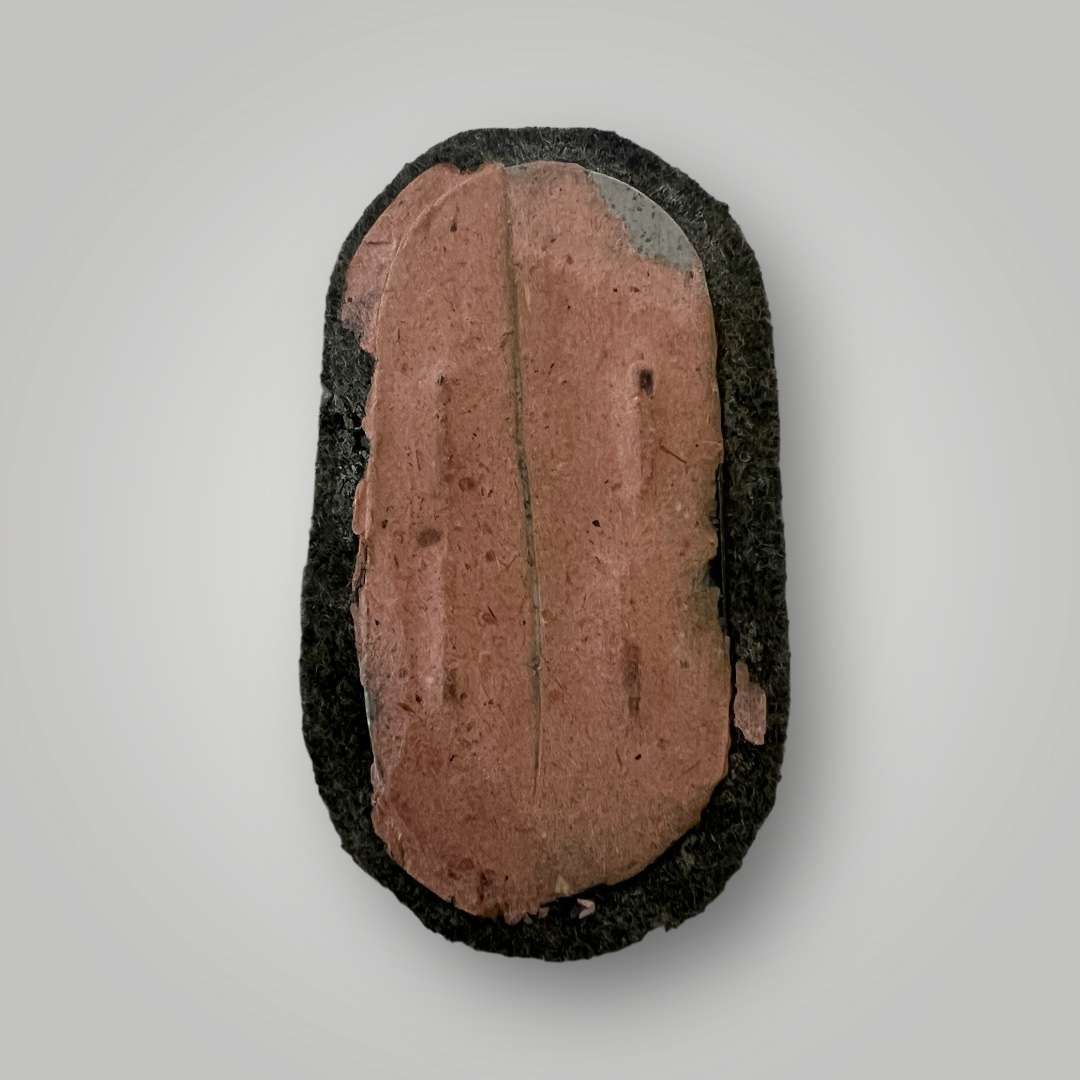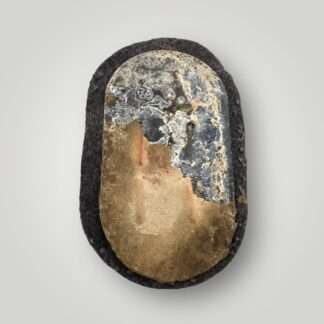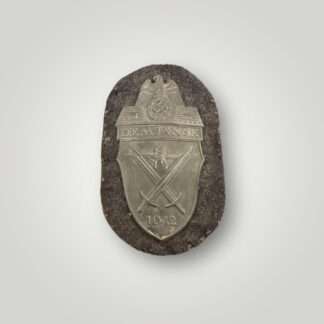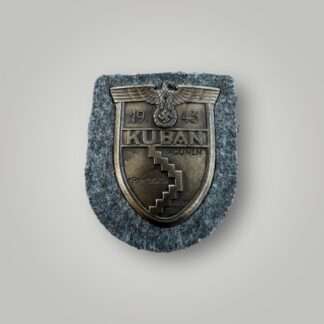Description
Narvik Campaign Shield
The German military medal known as the Narvik Shield, or Narvikschild, was given to all German forces that took part in the battles of Narvik between April 9 and June 8, 1940. Adolf Hitler introduced it on August 19, 1940. The order was released by the Oberkommando der Wehrmacht (OKW) the same day. Army Group Narvik’s commander, General Eduard Dietl, presented it.
This was the initial Arm Shield Campaign Award in a series. The medal was given out to 8,577 soldiers in total. To be more precise, 2,755 went to the army, 3,661 to the Kriegsmarine, and 2,161 to the Luftwaffe.
The shield, created by Munich-based Professor Dr. Richard Klein, is slender with a pointed base and an eagle with down swept wings perched on top, holding a wreath of laurel that encircles a swastika. NARVIK appears below this in uppercase letters. An edelweiss, an anchor, and a propeller are depicted on the shield’s body to represent the army mountain troops, the Kriegsmarine, and the war effort (for the Luftwaffe). The edelweiss is positioned at the top of the X formed by the anchor and propeller. At the top corners of the shield’s main body are the numerals 19 and 40.
The shield had a hollow rear and was made from zinc-based sheet metal.











